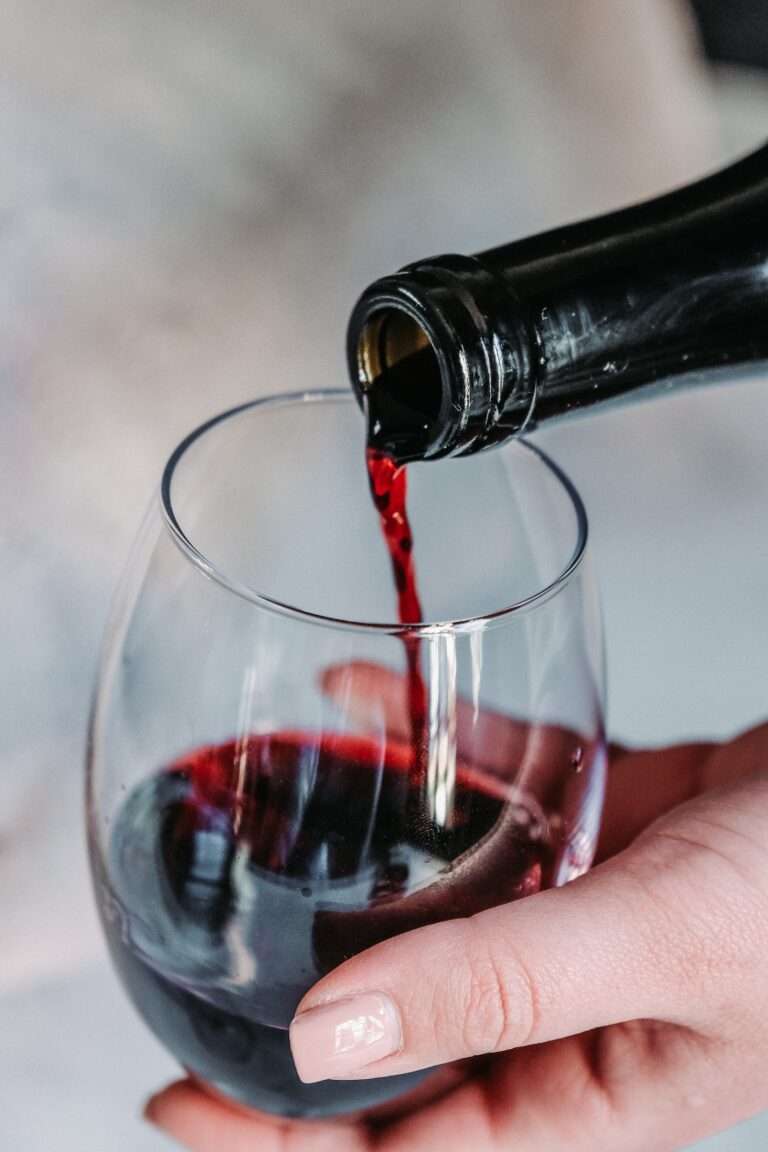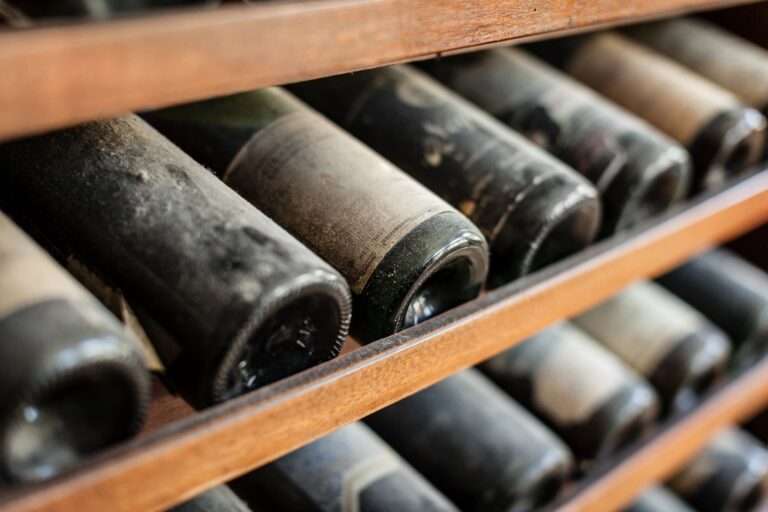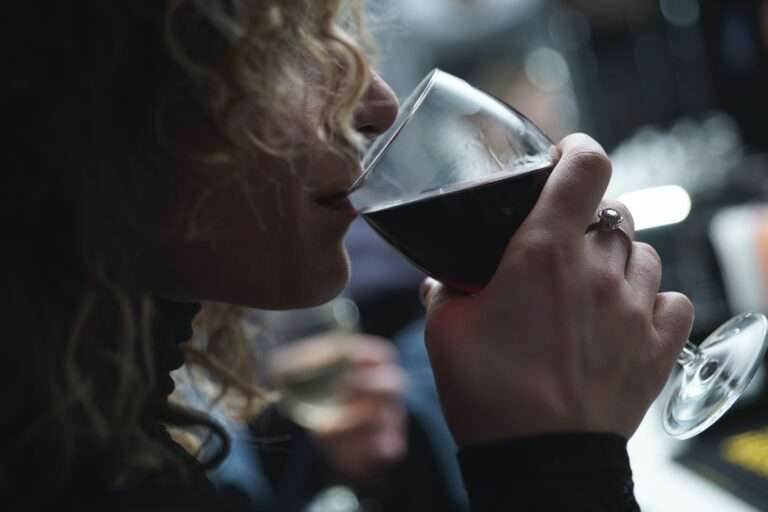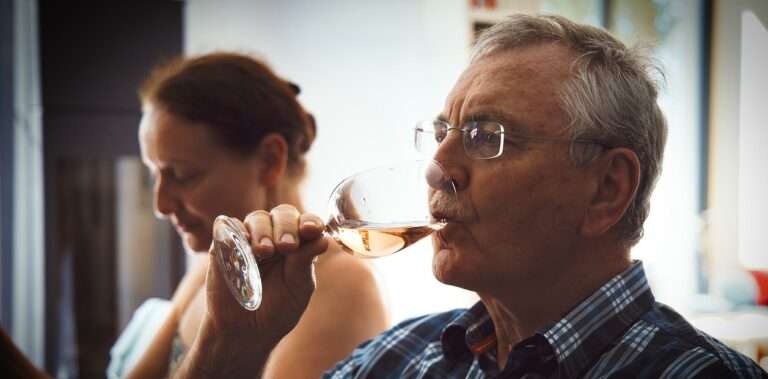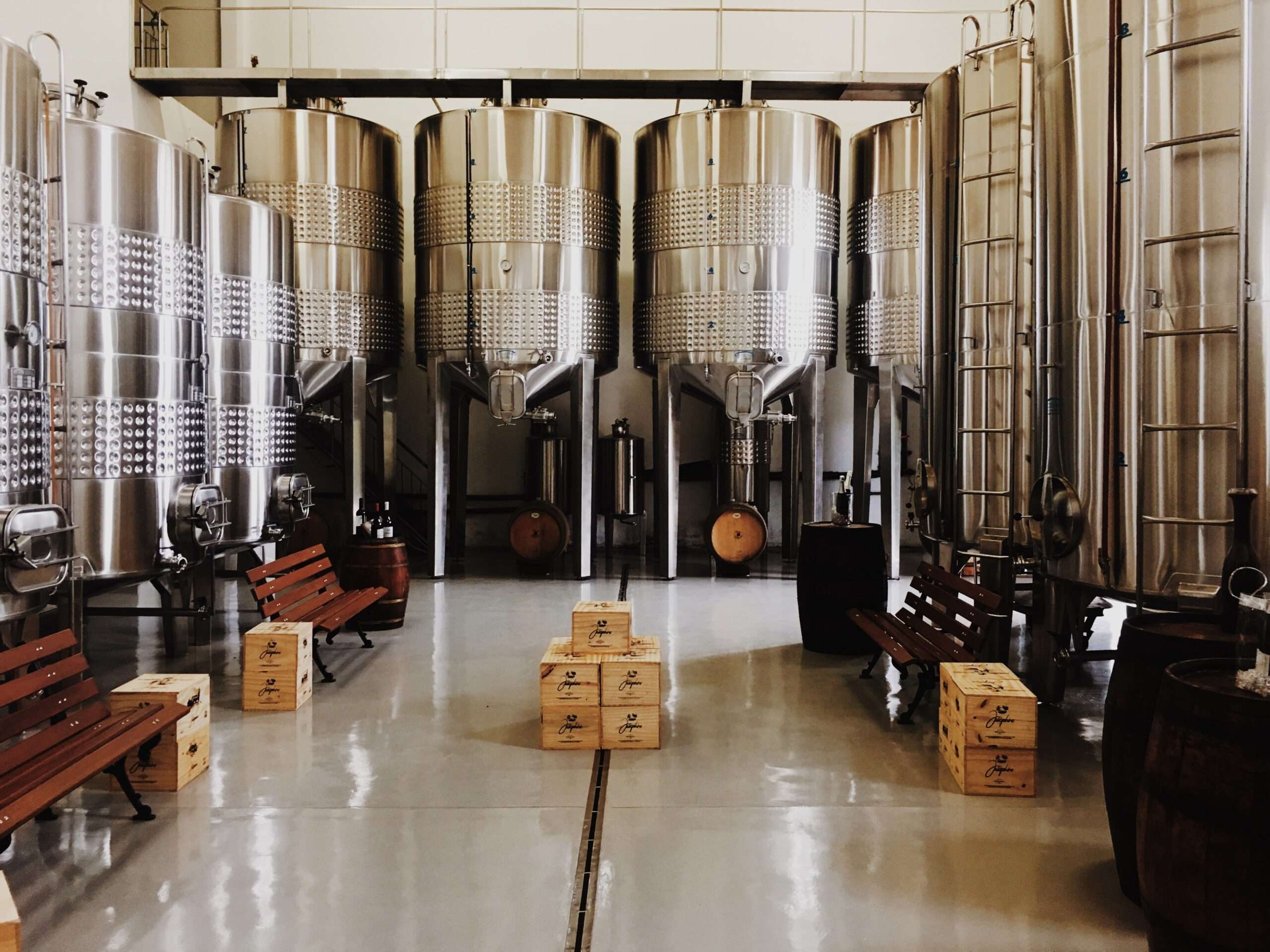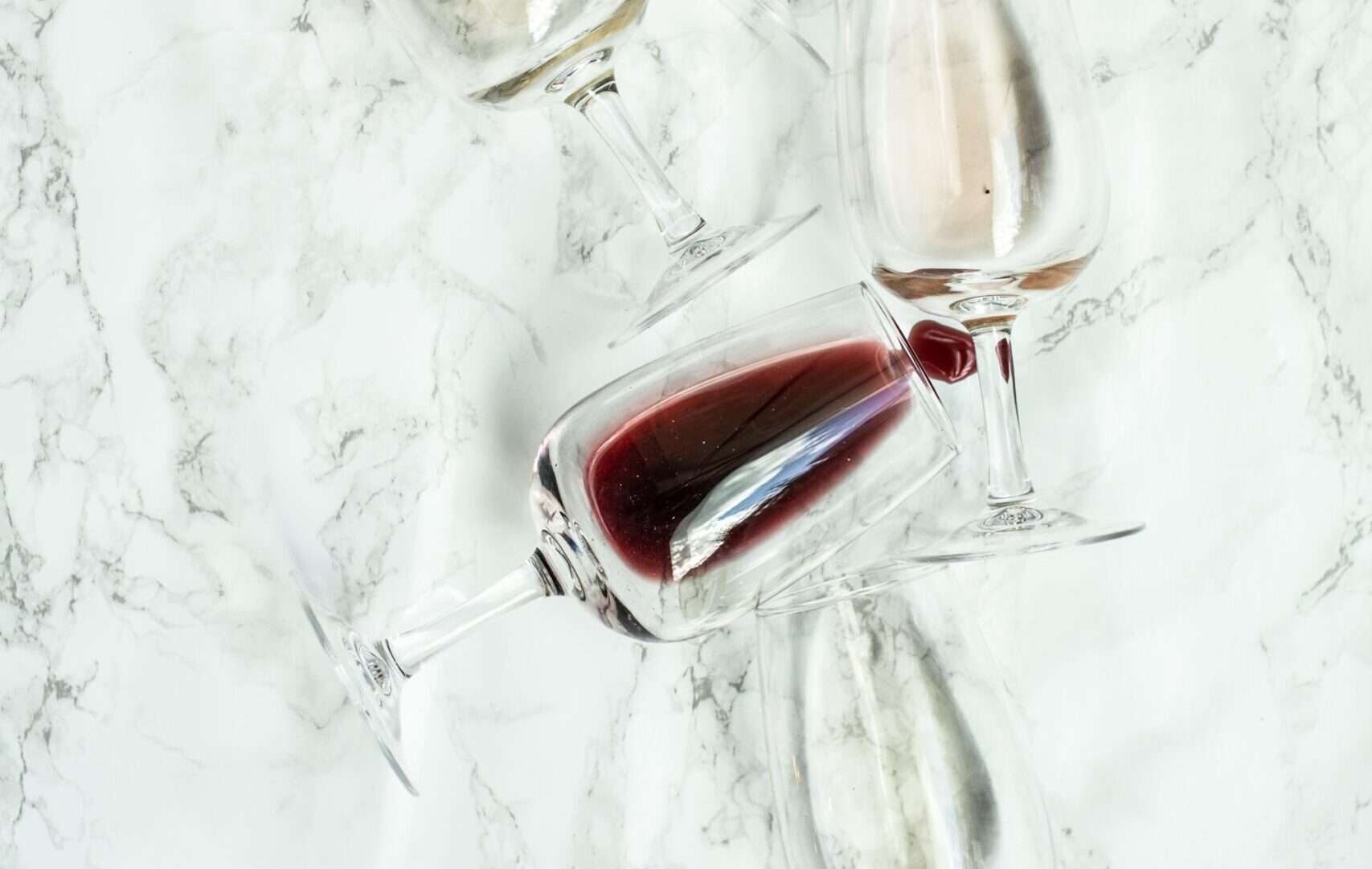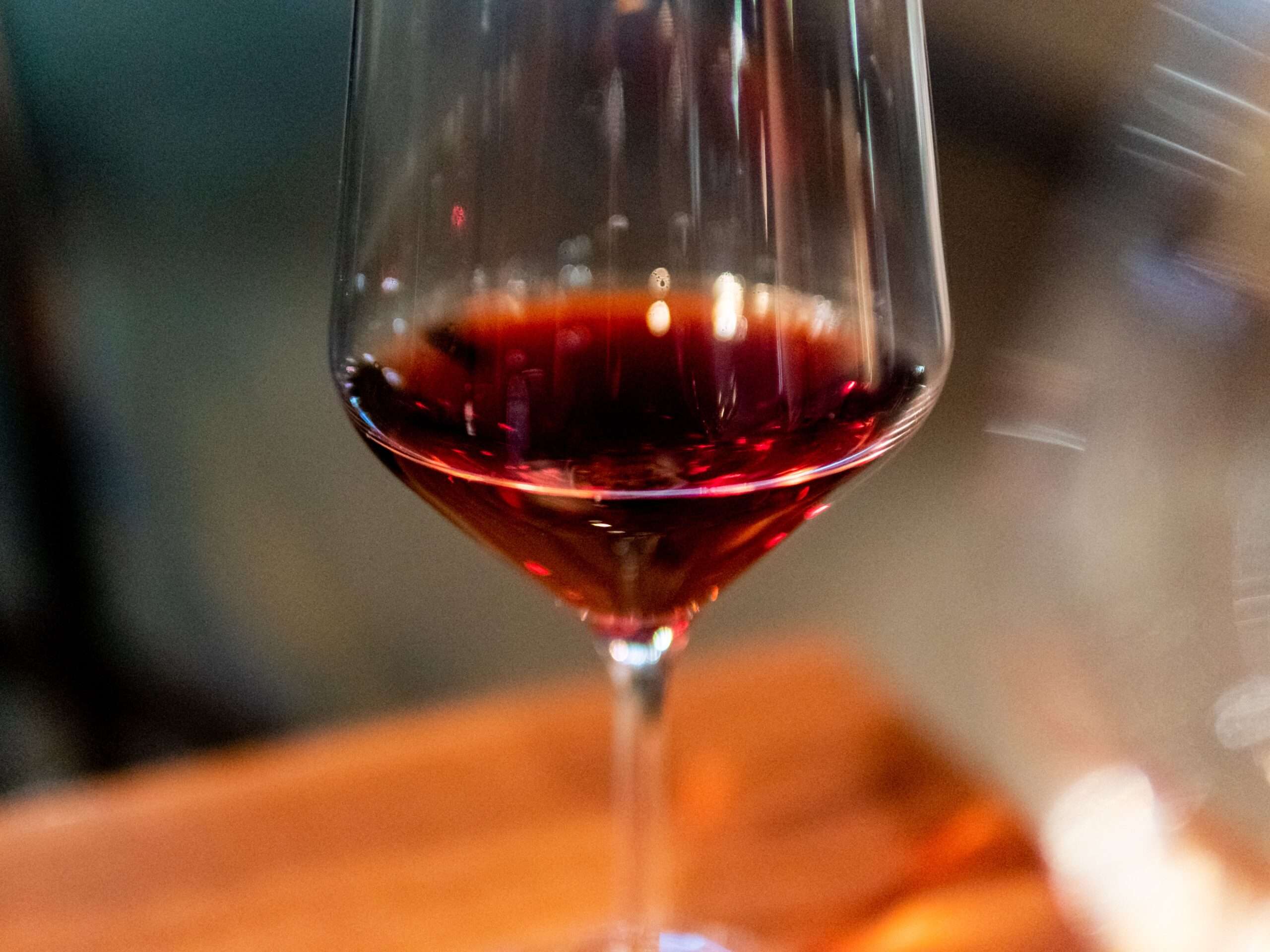Many of us have sat around a dining-room table with wine connoisseurs and enthusiasts rambling on with their opinion of a certain wine. A large part of the conversation will revolve around the smell or aroma of the wine. If you’re looking to broaden your vino knowledge, you’ve come to the right place.
Wine aroma is the strong and distinctive flavor one perceives when smelling a glass of wine. It is determined by cultivar, fermentation and vinification, and aging. You can tell the wine’s age, climate, quality, and lifespan from the aroma. Furthermore, it plays a big role in wine’s taste.
Spotting aromas in wine is a skill that should be honed through practice and extensive knowledge. If you are ready to continue on your journey of becoming a true oenophile or wine lover, then uncork your favorite bottle, pour yourself a glass, sit back, nose it, and read on. You will be leading the next wine tasting in no time!
What Is Wine Aroma?
The aroma or “nose” of a wine refers to its smell in the glass and stretches over a wide range of fragrances. Your wine can discharge any combination of scents, including broader categories of floral, spicy, fruity, oaky, acidic, and many other types of smells. The combination of aromas is different for every wine due to the impact that each step of the process – from seed to glass – has on the result.
The different types of aromas are broadly categorized into primary, secondary, and tertiary aromas. Each category brings different smells to mind, caused by different characteristics of the grape and winemaking process.
Primary Aromas (Caused By Grape Variety)
The variety or cultivar of grapes used is the greatest determining factor of a wine’s overall aroma. Primary aromas are generally split into fruity, herbal, and floral flavors and are usually the first aroma that one would pick up. For example, Sauvignon Blanc is expected to offer a nose reminiscent of tropical fruity flavors such as passion fruit, mango, and citrus.
These aromas are due to the natural chemical composition of the juice that different types of grapes produce. Wines with a distinct blackberry aroma are likely to contain similar compounds to those found in real blackberries.
Secondary Aromas (Caused by Fermentation)
Fermentation is essential to winemaking and refers to turning the sugars found in grapes into alcohol. Secondary aromas are caused by fermentation and the yeasts are used to activate this process. These aromas are also attributed to all other steps in the winemaking process other than the specific cultivar and aging.
Secondary aromas are generally split into dairy, meaty, woody, and bread-like flavors. Examples include aromas of butter and buttermilk, nuts, vanilla, brioche, sourdough, etc. Chardonnay, for instance, has a distinct buttery smell, taste, and texture stemming from its unique process of vinification.
Tertiary Aromas (Caused By Aging)
The final step in the winemaking process can either alter existing aromas or bring something completely new to the table. Aging exposes wine to oxygen which in turn creates new aromas. Using oak barrels in aging slows the process of oxygen exposure but has the added effect of introducing the wood’s flavor. It often suppresses the natural primary aromas of the wine but causes more complex notes to arise.
Tertiary aromas pertain to the more earthy notes. These are reminiscent of leather, smokiness, mushrooms or truffles, tobacco, and wet leaves. Only a small fraction of wines should be aged and are usually best consumed around 3 to 10 years after being bottled. Very few wines should be aged for longer than 10 years. Cabernet Sauvignon is a good example of a wine that ages well to develop strong leathery and leafy notes.
What Can You Take Away From A Wine Aroma?
The aroma of a wine tells you its story: from what grape was used to where it was made, and even what the weather was like during the grape’s lifecycle. As your knowledge of wine aromas improves, you will be able to flesh out your estimation of a wine’s life more accurately, but in general, it still comes down to speculation. So, what characteristics can you derive from a wine’s aroma?
The Wine’s Age
It is very difficult to pinpoint exact aromas unless you are a wine expert. Therefore, establishing broader aromas or aroma families will be the more likely option for the casual consumer. These families can tell you a lot about the wine’s age.
If your wine has more floral, fruity, and summer-like notes, you are likely drinking a younger wine. As wines age, however, they produce richer, “Christmassy” notes reminiscent of dried fruits, nuts, honey, etc. Keeping this in mind will help you estimate the age of a wine.
What Climate The Grapes Were Cultivated In
This is usually easier to establish in wines with more fruity and floral notes. If the fruitiness of the wine smells very fresh, similar to a crunchy green apple, then it was likely produced in a cooler climate. Wines that exude a smell reminiscent of ripe fruits and jams were likely produced in areas with a warmer climate.
The Wine’s Quality
In general, the more complex a wine smells, the higher its perceived quality. Suppose you nose a wine and there is only a single aroma that dominates your senses. In that case, it is probably less valuable than a wine that produces many complex and developed aromas.
The Lifespan Of The Wine
In this case, you’re smelling to see whether or not your wine is still improving. This characteristic must be smelled with a certain technique: first, you smell the wine straight after it was poured, and then you smell it again after swirling it around in the glass.
If the second nose is more intense than the first, your wine is still getting better; if it is less intense, it is on a downward trajectory and should be finished soon. If both noses are the same, your wine is at the peak of the trajectory and will move downward soon.
How Do You Describe A Wine Aroma?
Wine is best described with common everyday fruits, spices, and other aromatic products. One needn’t be an expert likening the description of a wine’s smell to a Shakespearean sonnet. Sometimes a wine simply smells like fresh apples and lemon (with a hint of mischief).
Why Is It Important?
There is no doubt that smell plays a big role in how a taste is perceived. Think of how powerful the impact of aromatic spices is on the taste of curry or how the smell of rosemary, garlic, and black pepper is often associated with beef or lamb roast. Similarly, the aroma directly impacts the wine’s taste and is often deeper and more complex than the palate itself.
Conclusion
Aroma is central to any wine-tasting experience, and understanding what these respective aromas can mean about your wine will help you and your fellow wine enthusiasts appreciate it even more. They are determined by the variety, processing, and aging of grapes and tell us a lot about the wine itself. Stop and smell the wine!


